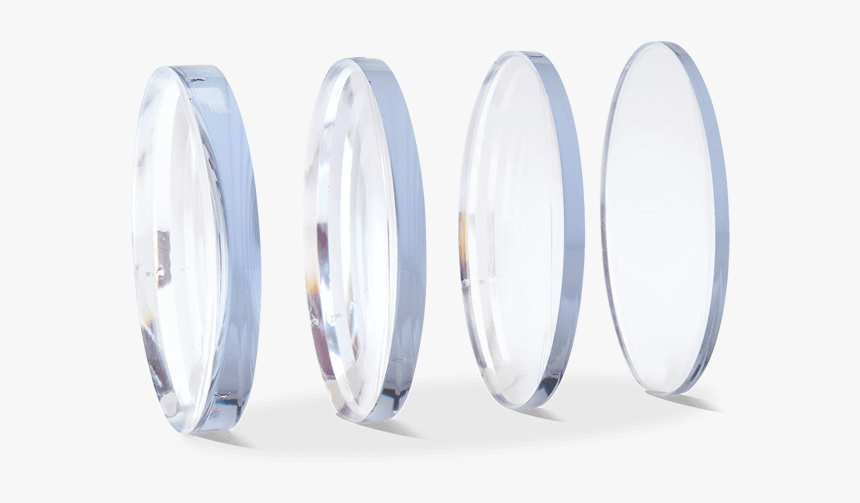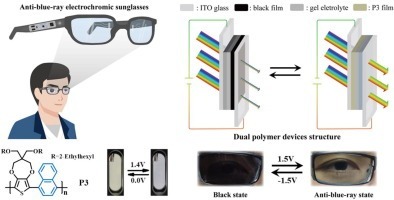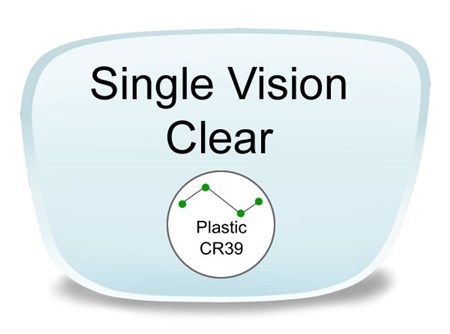Making the right lens material choice for the ideal pair of sunglasses will have a significant impact on overall satisfaction, vision, and eye health. Think about things like UV protection good impact resistance and lens clarity before you buy whether for everyday use particular activities or fashion. Additional advantages from high-quality materials like anti-reflective coatings and a range of lens colours can improve your visual comfort and style even more. The best option lowers your risk of eyestrain and image distortion while also ensuring comfortable and clear vision. It also offers the best protection against harmful rays.
Nine Popular Materials For Sunglasses Lenses
When choosing sunglasses keep in mind that the material of the lenses has a big impact on both style and functionality. Every variety has benefits of its own meeting various needs and tastes. Let’s explore the features and advantages of common materials for sunglasses lenses:
- Glass lenses

Glass lenses are well known for their superior scratch resistance and high optical clarity. They are ideal for general use and driving because, despite their weight, they offer unparalleled visual sharpness. Glass lenses offer timeless style appeals to individuals who are looking for a sophisticated and classic appearance.
- Nylon Lens


Nylon lenses are lightweight and incredibly resistant to impact. Sporting activities and outdoor pursuits are great uses for these lenses. The strength and security offered by nylon lenses are essential whether you’re participating in water sports or any other outdoor activity. Moreover, even under difficult circumstances, they uphold excellent transparency. Thus, nylon lenses are a great choice for those looking for both performance and style.
- Polymer-based lenses


For safety glasses, polycarbonate lens technology is preferred because of its strong impact resistance and UV protection. For children’s eyewear and all forms of sports eyewear, they are ideal because they are lighter than glass or plastic.
- Plastic Lens
The least expensive option is plastic lenses which are versatile and simple to tint. These lenses strike a compromise between price and usefulness making them a sensible choice for fashion sunglasses and sporadic use despite their lower durability.
- Trivex lenses



Clearer vision than polycarbonate without adding weight is provided by Trivex lenses, which combine comfort and safety. They are perfect for precise sports like shooting or golf where protection and clarity are crucial as they are shatter-resistant.
- Plastic CR-39



The excellent clarity and lighter weight of CR-39 plastic polymer lenses make them superior to glass. They are a sturdy option for daily use because they are less prone to scratches than standard plastic lenses.
- Higher Index Lenses
Strong prescription users are intended for use with high-index lenses. Besides being more comfortable and aesthetically pleasing for high-prescription glasses, they are lighter and thinner than conventional lenses.
- Polyurethane Lens
Particularly notable are the optical clarity and durability of polyurethane lenses, which make them ideal for high-performance sunglasses and resistant to shattering. They are a dependable option for challenging activities because they provide excellent resistance.
- Lenses made of acrylic
Though not as strong as polycarbonate acrylic lenses are still a reasonably priced choice with respectable clarity and impact resistance. They work well for casual wear and are affordable for those looking for a lightweight option.
Five Important Things to Take Into Account When Choosing the Material for Sunglasses Lenses
- UV Protection
To protect your eyes from UV rays always choose sunglasses with 100% UV protection lenses. This is essential to avoiding sun damage and eye strain from extended sun exposure.
- Impact resistant
While selecting sunglasses, take your lifestyle into account. Materials that are highly impact-resistant and ensure safety during physical activities such as nylon or polycarbonate are suggested for very active users.
- The quality of optical clarity
To achieve the best visual experience, choose materials like glass or high-index lenses. Under different lighting conditions, these materials reduce eyestrain by minimising image distortion and offering excellent optical clarity.
- Options for Tint and Color
In particular environments, different lens colours and tints can improve vision. Driving and playing sports can be safer and more comfortable by choosing the right tint and colour which can increase contrast and visibility.
- Usage and Lifestyle
Your everyday activities ought to inform your decision. For example, because of their clarity and style, glass lenses go well with casual attire but nylon lenses—which are distinguished by their robustness—are more appropriate for strenuous outdoor pursuits. Furthermore, taking into account characteristics like anti-reflective coating can lessen eyestrain and improve the performance of your sunglasses lenses.
Three Predominant Kinds Of Lenses For Sunglasses
Whatever kind of lens you select, make sure it has 99 per cent UV protection or is labelled UV absorption up to 400nm, which is equivalent to 100 percent UV protection.
- Polarized glasses
The most efficient way to lessen sunlight’s glare that reflects off of surfaces like glass pavement and water is generally agreed to be with polarized lenses. However, they can reduce visibility and are incompatible with tinted windshields if your windshield presents this issue you might want to consider mirrored lenses. While it does improve your vision it’s also crucial to understand that glare reduction differs from UV protection.
- Transition lenses
Transition lenses are two-tone sunglasses that become lighter in low light and darker in bright light. Single gradient lenses block light and glare from above, but not from below because they are lighter at the bottom and darker at the top. Because of this, they are suitable for reading and driving but not for activities involving water or snow. With double gradient lenses, glare from above and below is reduced while clear vision is maintained in the centre thanks to their dark top and bottom and light middle sections. However, they take longer to function in colder weather, which is a drawback if you’re trying to shield your eyes from the glare of the snow.
- Interchangeable lenses
You can swap out interchangeable lenses based on the circumstances and activities you engage in. They are detachable lenses available in various colours.
For extra protection, lenses can be coated with one of four types.
- Mirror or polarized lenses can have an anti-reflective coating applied to their backs to reduce glare.
- UV protection is added to glass or plastic lenses to increase their protection from UV rays.
- Mirror refracts light so that it doesn’t enter the lens.
- Scratch resistance is applied to the lens’s two sides to prevent scratches.
Final Words
Selecting the proper lens material for your sunglasses is a crucial choice that impacts your overall happiness visual experience and eye health. It’s not just a matter of style. The UV protection durability and optical precision of sunglasses lenses vary so it’s important to choose a material that fits your needs and way of life.


